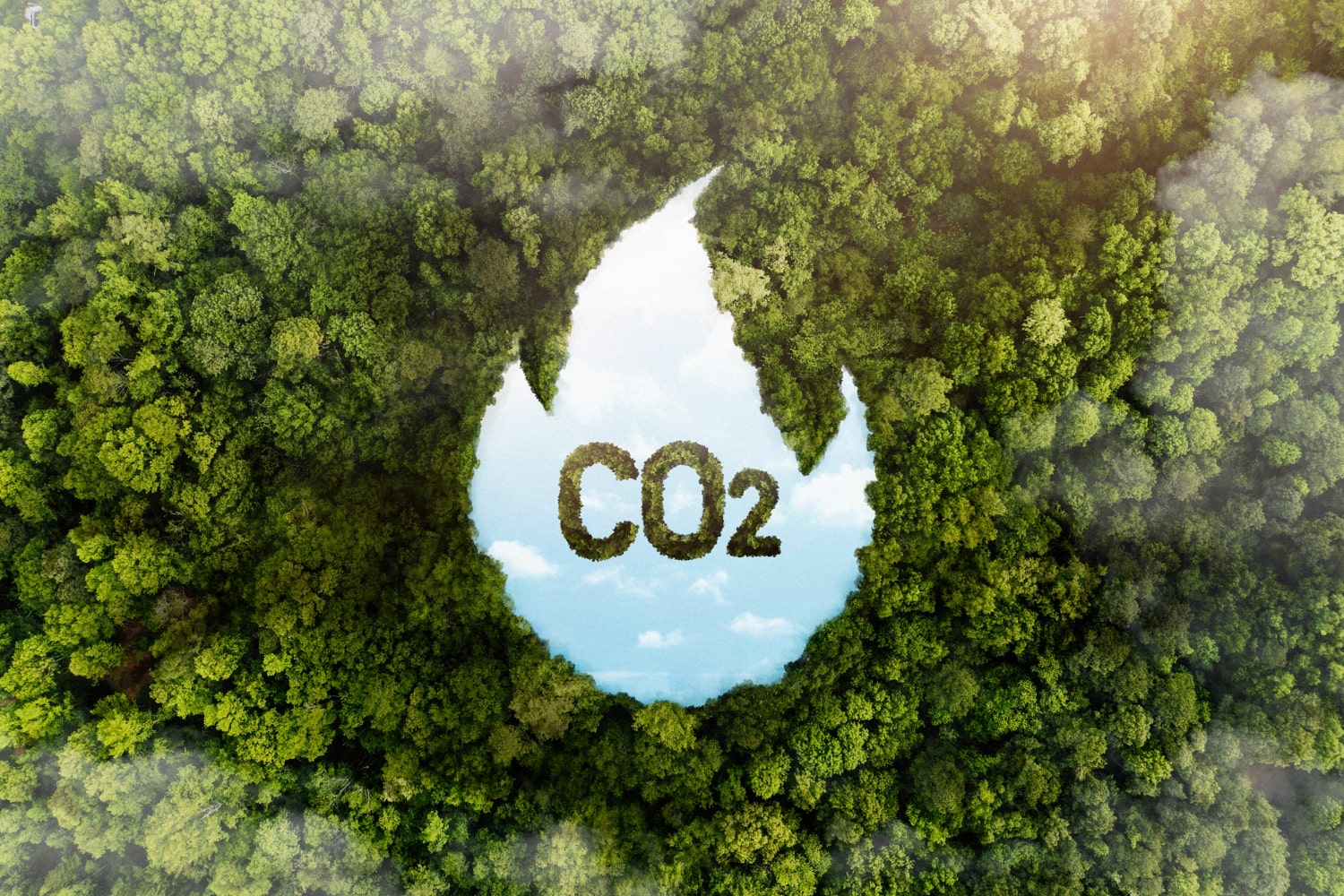Blog / Social / Global Pollution: How offshoring manufacturing impacts global CO2 emissions
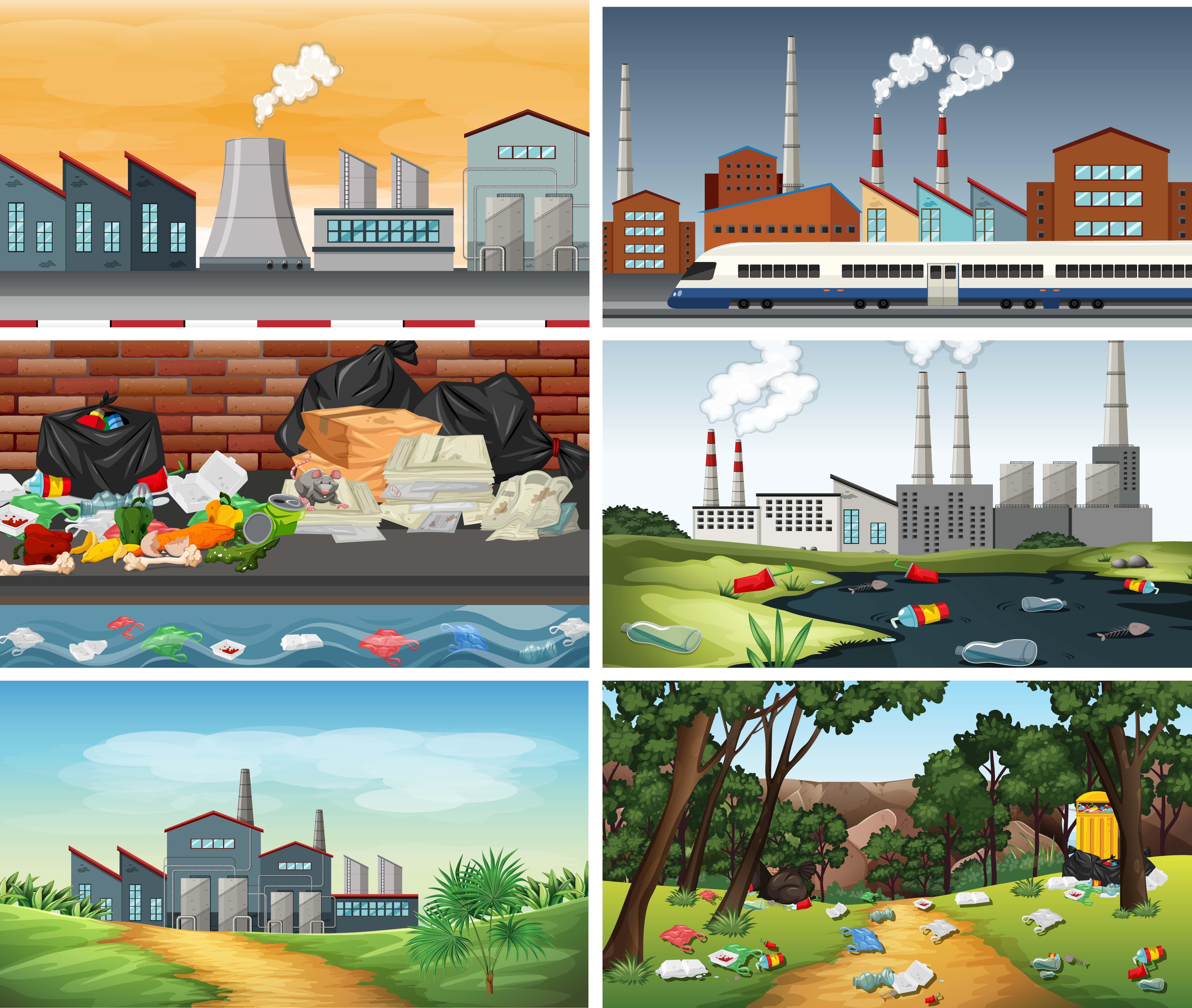
Global Pollution: How offshoring manufacturing impacts global CO2 emissions
May 30, 2023 by SolidFish TeamIn the 1980s, big companies in the US and UK began offshoring the manufacture of items to countries where labour costs were much lower as a means to improve profits. Flash forward to today, and this practice is commonplace. In 2020, the US imported $434.7 billion dollars worth of goods from China[1]. With the rise of Amazon and online shopping, people are buying more products - and throwing them away - faster than ever. Global pollution is on the rise.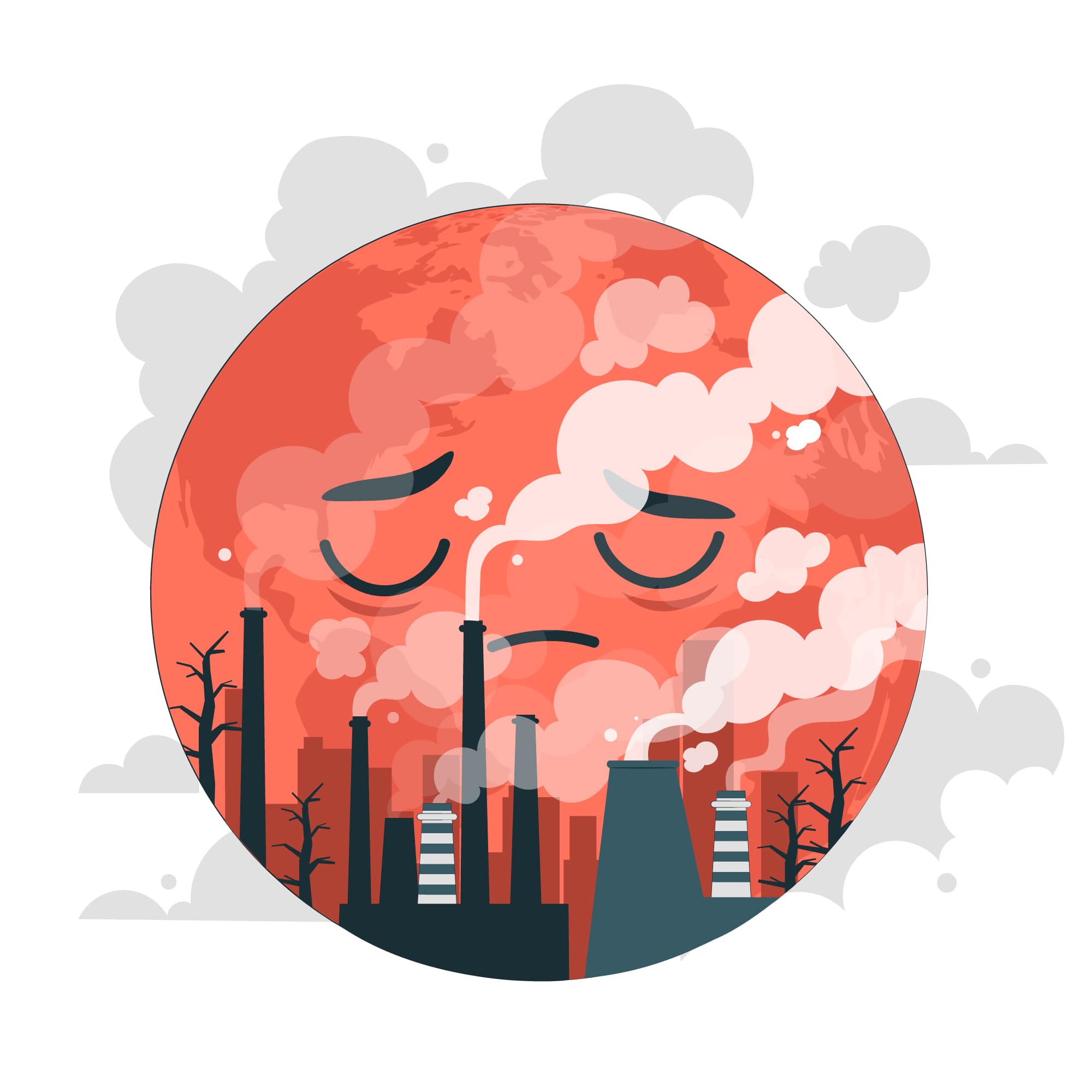
Meanwhile, in recent UN COP meetings, nations around the world agreed that we must limit our climate-changing CO2 emissions to avoid reaching a 1.5-degree Celsius temperature increase above that of preindustrial times. While each country made its own commitments, all agreed that we must reach net-zero emissions by 2050 [2]. As a result, countries like the US and England claim to have slashed their emissions drastically, proving themselves to be on the same path as everyone else.
But these developed countries have a dirty little not-so-secret secret. Their offshored manufacturing makes their emissions appear much better than they really are. What is the true effect of manufacturing on our global pollution? What will it take for us to make true change, instead of covering up our climate-changing CO2 emissions?
The impact of offshored manufacturing on global pollution
In 2018, Americans threw away 4.9 pounds of solid waste per person per day, which is 292.4 million tons for the year as a country. This includes everything from bottles and cardboard to computers and furniture [3]. In the same year, the UK produced 222.2 million tons of waste[4]. Although these figures include a wide mix of products and waste, the problem still rings true: we’re throwing away items at an alarming rate. We’re also reaching for new items to replace the old, creating more demand for new products, the manufacture of which drives climate-changing CO2 emissions.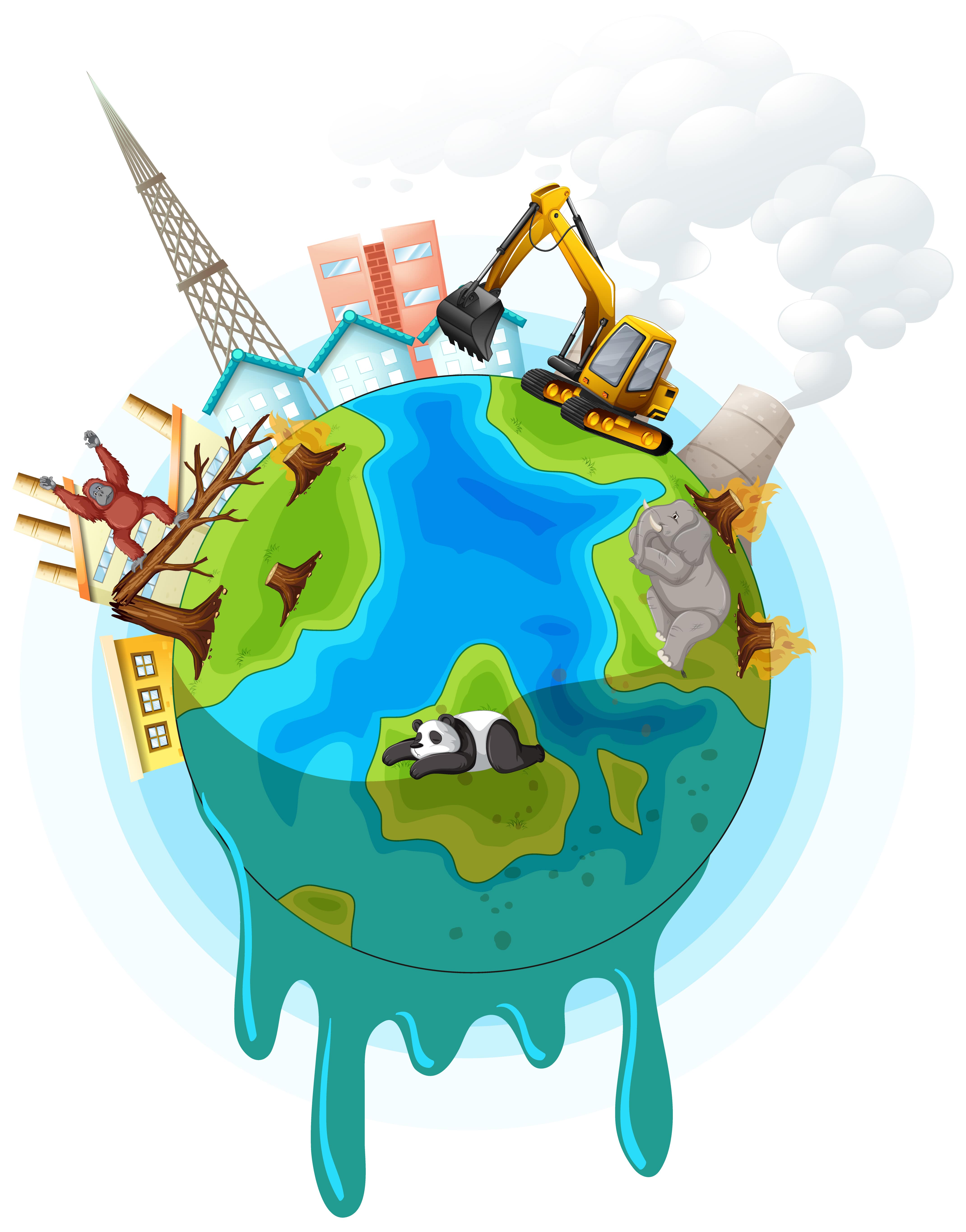
The fashion industry is a prime example of this issue. The global apparel market is worth over $3 trillion. It’s also the third most polluting industry after food and construction. Production and shipping of apparel items contribute to 10% of global greenhouse gas emissions. This is a direct result of today’s throw-away culture - one in two people throw unwanted clothing directly into the trash. 64% of the 32 billion apparel items manufactured each year end up in a landfill[5].
What developed nations don’t want you to know
In 2020, Asia, including China and India, was responsible for 7.21 billion tons of CO2 emissions. The U.S. reported just 4.71 billion tons, Europe 2.35 billion tons, and EU-27 2.6 billion tons. Interestingly, the US’s CO2 emissions dropped severely around 1978 - right when offshoring manufacturing began. It took another plummet in 2007. Meanwhile, China has continued a steep rise since the 60s [6].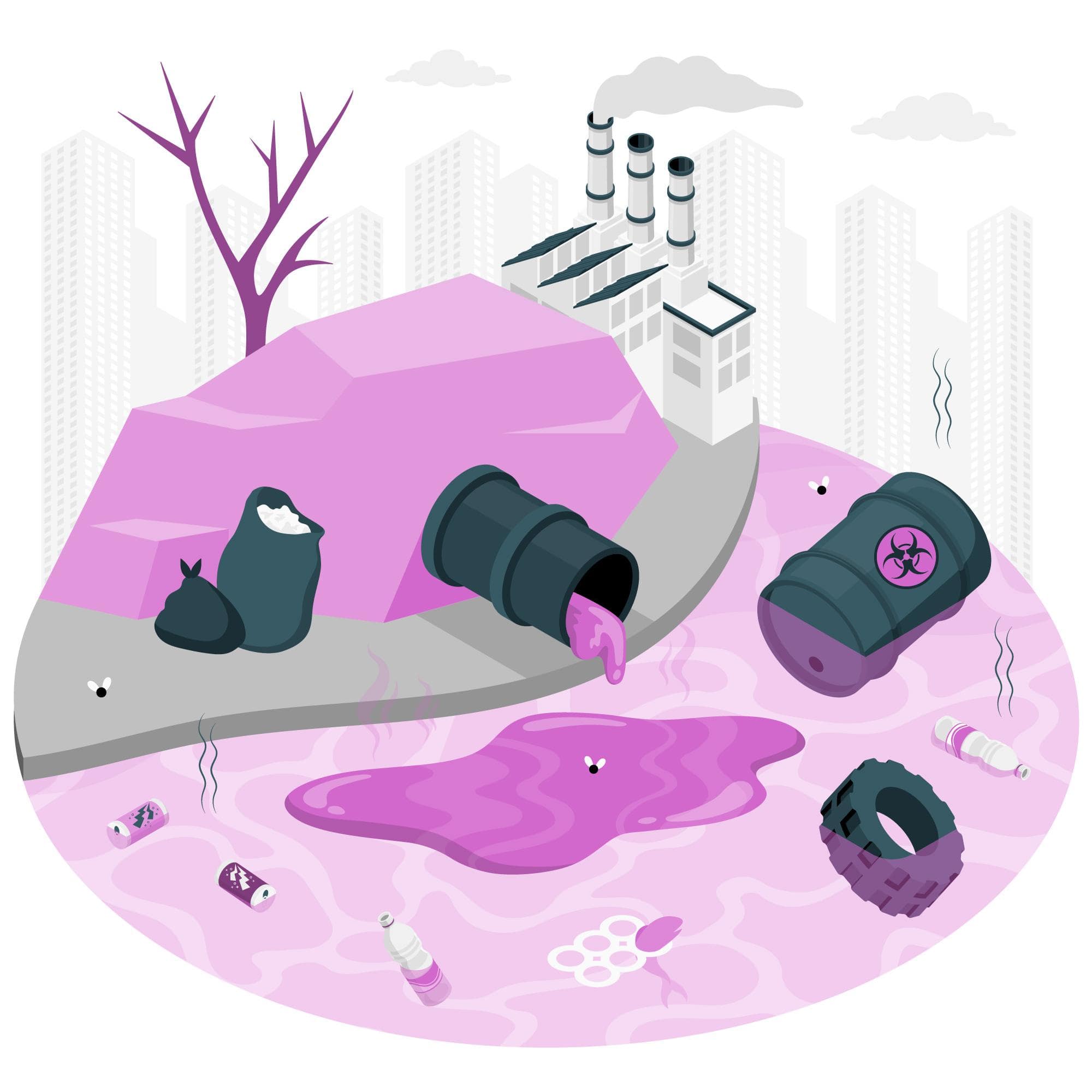
What can we learn?
Despite our pledges to lower emissions, the demand for goods continues to rise as we throw away useful products. Although the US and UK might appear to have low emissions, we see the impacts of offshored manufacturing within other countries, like China. For example, between 1990 and 2015, Britain decreased its domestic emissions by a third. However, its energy-intensive industries were also offshored during that time. According to The New York Times, if you included the global emissions produced to make all of the products Britain imported over that time, for use in things like cars and buildings, Britain’s carbon footprint has actually increased[7].
Our pollution is not actually being reduced. It’s simply moved overseas while people in developed nations continue to contribute to a net increase in global emissions. Meanwhile, countries like China and India, take on more of the blame for the emissions. For example, it’s estimated that 13% of China’s 2015 emissions were the result of producing products for other countries. One report estimates that 25% of the global emissions are outsourced. The “carbon loophole” of uninspected imports paints a pretty picture that is far from the truth. If the US took accountability for the carbon emissions of its imported goods, its CO2 emissions would increase by 14%[7].
Are the Cheap Goods Worth the Climate-Changing CO2 Emissions?
Ultimately, companies continue to offshore their manufacturing because it keeps costs low and consumers demand low prices. We vote for them every time we purchase a cheaply made import, whether that’s via Amazon, Walmart, or your local dollar store. But are the low-cost, instantly gratifying goods worth it? Eventually, the true cost of these items - the environmental cost - will catch up to all of us. We’re seeing evidence of this today, as temperatures rise and extreme weather events rage on.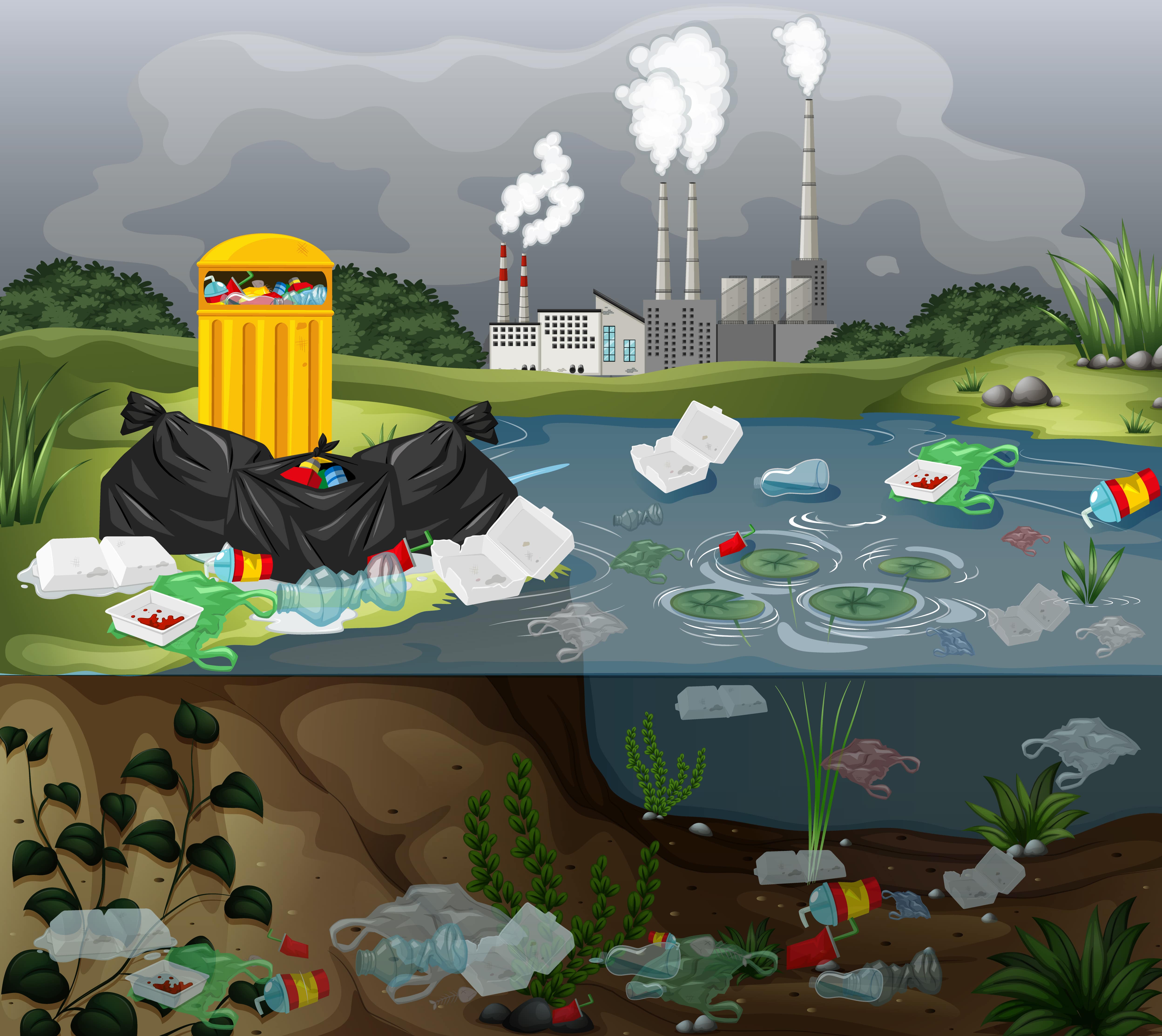
The answer?
We must choose products that are consciously and locally made. We must prioritize fair wages and ethical materials. Still, it’s worth noting that not everyone can afford to purchase high-priced local or ethical items. That’s okay - do what you can! Choosing a slower lifestyle, in which you use your products for their entire useful life instead of buying new, can have a huge impact on global emissions when we all take part. Keeping up with the Joneses isn’t fashionable when climate-changing CO2 emissions are at stake.
Sources:
- [UP] Office of the US Trade Representative: U.S.-China Trade Facts.
- [UP] UK COP26: COP26 Goals.
- [UP] EPA: National Overview: Facts and Figures on Materials, Wastes and Recycling.
- [UP] DEFRA: UK Statistics on Waste.
- [UP] Edge: Fashion Industry Environmental, Waste, and Recycle Statistics.
- [UP] Our World in Data: CO2 Emissions.
- [UP] New York Times: You’ve Heard of Outsourced Jobs, but Outsourced Pollution? It’s Real, and Tough to Tally Up.
- [UP] Image by brgfx: on Freepik.
- [UP] Images by storyset: on Freepik.
What to Read Next
